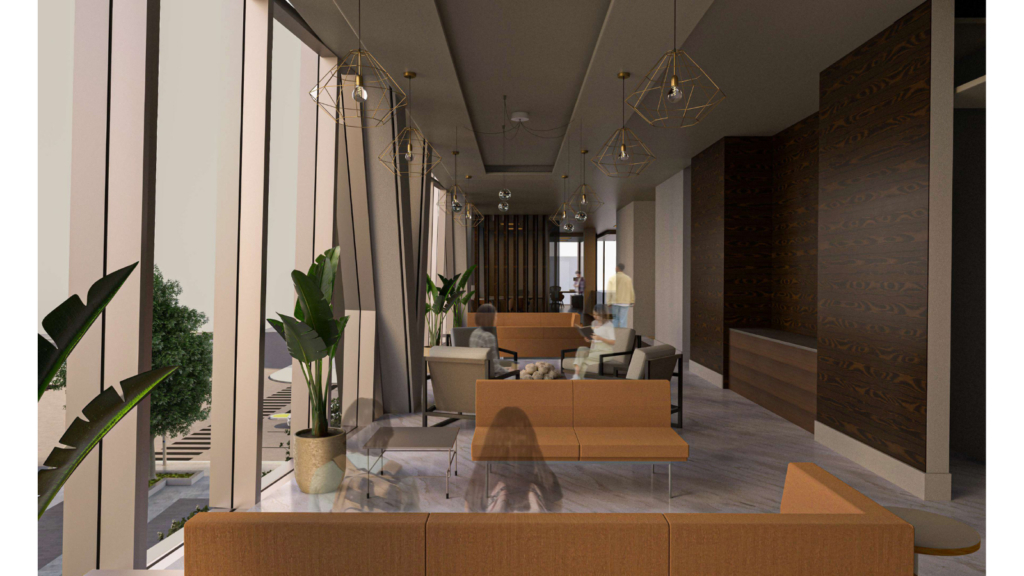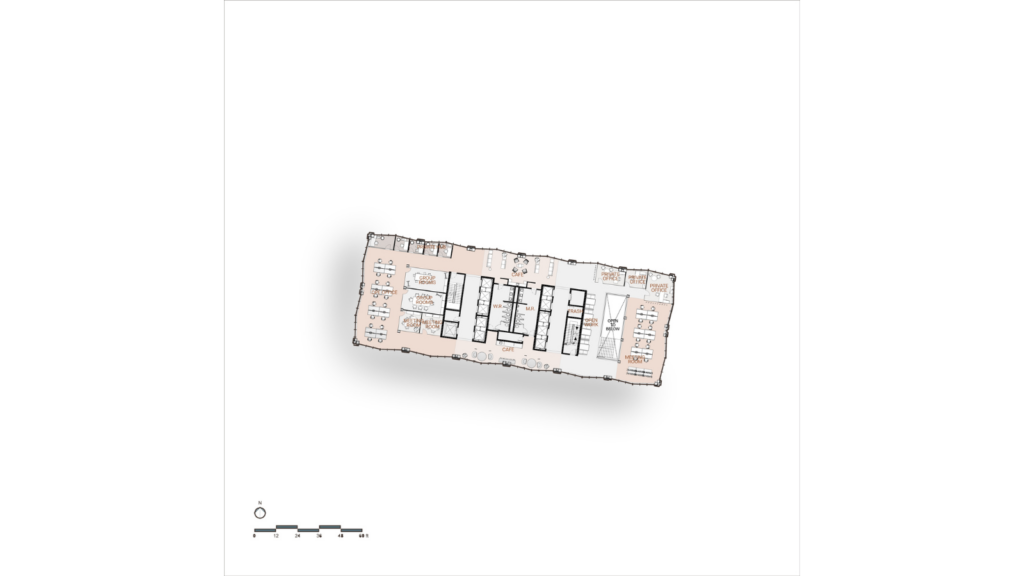João Vítor Cousseau Grazziotin

California Baptist University
Professor: Dr. Matthew Niermann
Chicago, renowned as the birthplace of the skyscraper, displays a skyline that embodies innovation and ambition in its spirit. However, these towering structure risk distancing us from intimate human experiences of connection and engagement. The solution lies in the structural design of the tower, the diagrid enhances visual and haptic connection between the viewer and the building in a more engaging interaction. By integrating subtle design elements at the base, such as plazas and porticos, the diagrid softens the imposing nature of high-rises while maintaining their grandeur in the city’s context. Therefore, the Horizon continues to resonate not only as symbols of power but also as spaces rooted in human experience.
Horizon Chicago Tower
Chicago, a city renowed as the birthplace of the modern skyscraper, is a place where the architectural landscape soars upwards. These towering structures, stand as a testament to human ambition and ingenuity, and are deeply ingrained in Chicago’s rich architectural heritage embodying teb spirit of innovation that has shaped the city skyline for a long time.
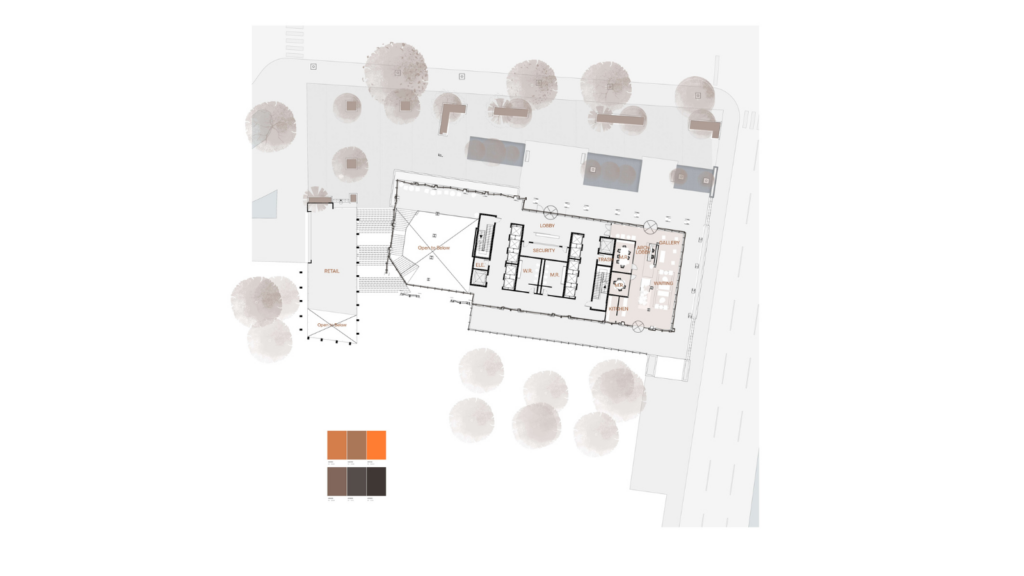
However, amidst this celebration of verticality and grand scale, there lies a inherent challenge—a challenge of maintaining thea meaningful human connection with these monumental edifices. As impressive as they are, high rises, by its very nature, can sometimes distance us from the intimate architectural experience they have the potential to offer. These scyscrapers symbolizes power, progress, and individualism, but they also risks isolating us, diminishing the sensory intimacy of our interaction with the building, that allows us to engage with the spaces we inhabit. The towering structures, though impressive from afar, can make us feel small and disconnected.
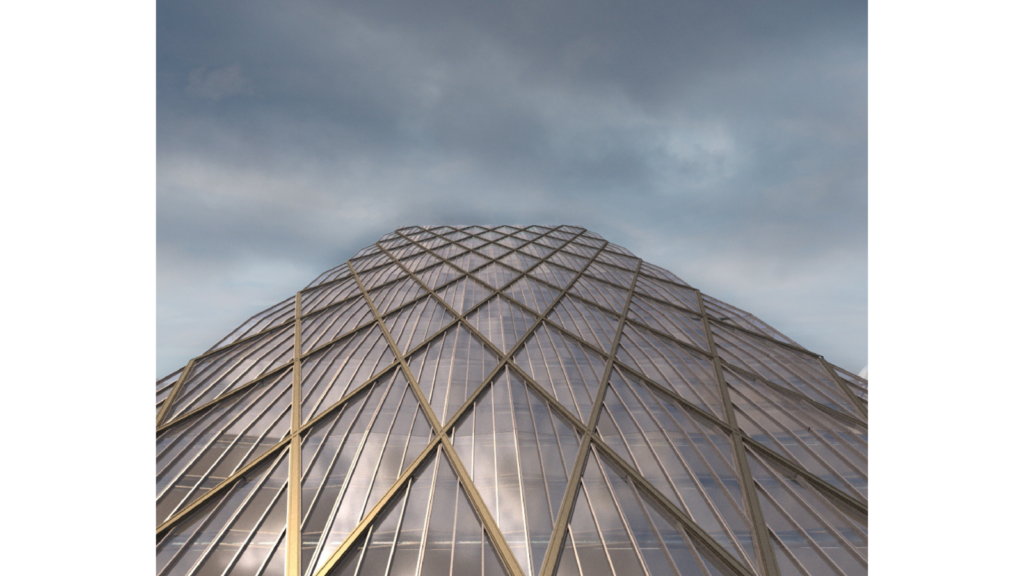
How then, do we bridge this gap? How, then, do we bridge this gap? How do we ensure that these majestic towers not only captivate us from a distance but also invite us into a closer, more experiential interaction? And how that the monumental object can establish a relation with the subject in this distance while retaining the glory of the macro context of the city through the perception of the spaces and form?
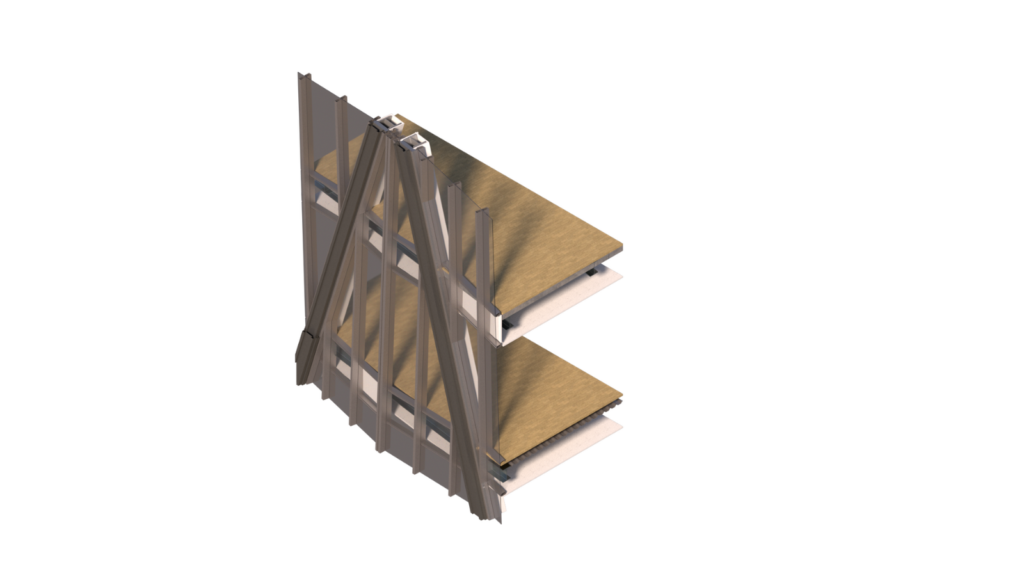
The answer, perhaps unsurprisingly, lies in our most immediate sense—our vision, which is engaged when we gaze upon high rises from afar, and the sequence of spaces in the base design when up close.
But beyond mere sight, it is the sequence of spaces at the base, the design details that greet us up close, that hold the key to bridging this divide. The structural-driven design, a hallmark of Chicago’s architectural legacy, not only reflects the ambition and heritage of the city but also introduces a more human-centric approach to high-rise construction. One such structural innovation is the diagrid—a structural design born from human innovation—serves as a solution to this challenge. It offers a more elegant approach to vision, enhancing the haptic relation between us, the viewers, and the towering skyscrapers.
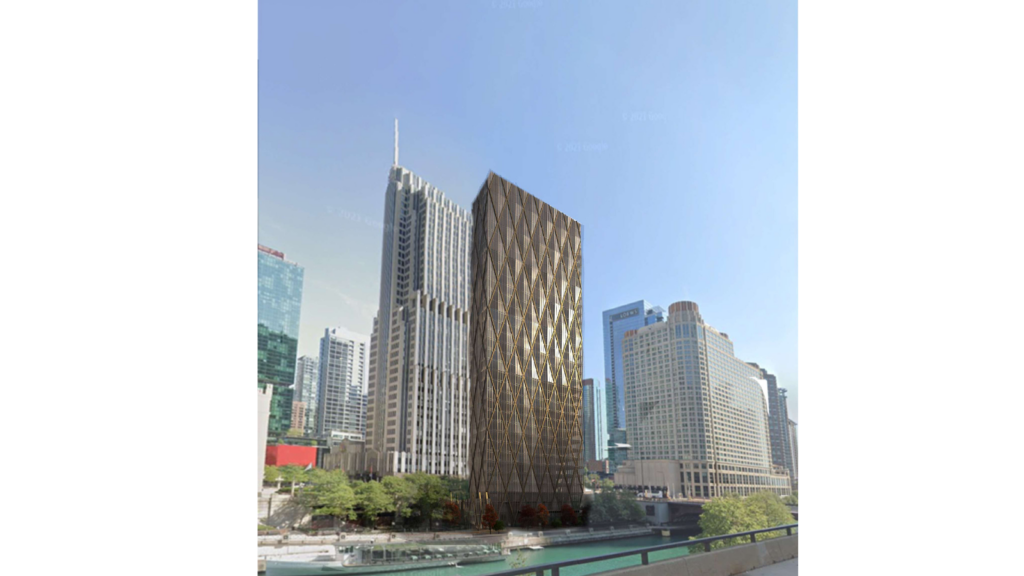
The diagrid serves as an elegant solution to the challenge of maintaining a connection between the viewer and the skyscraper. It enhances the relationship between us, the observers, and the towering structures, offering a more haptically and visually dynamic experience. Imagine the plaza as you approach the building, the portico made by the diagrid gently touching the ground before the entrance. This sequence of spaces subtly engages our body, evoking a sense of familiarity and connection, much like the experience of walking through other significant buildings in Chicago’s architectural tapestry.
Its subtlety and delicacy of the diagrid counteract the potential heaviness and overpowering nature of the high rise. It allows us to retain the glory of the city’s macro context with a structural driven design while offering a more nuanced, intimate interaction with these towering symbols of ambition.
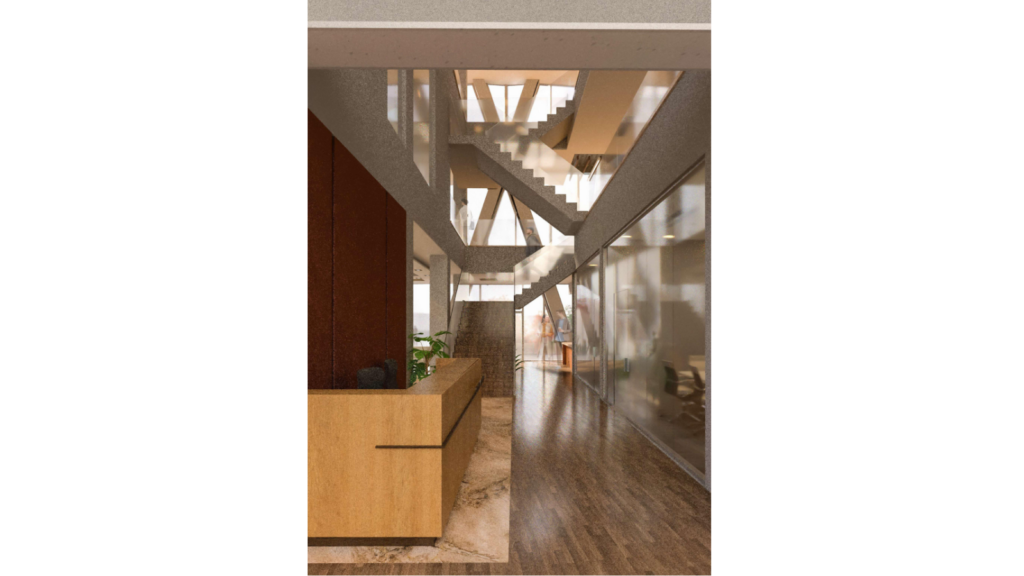
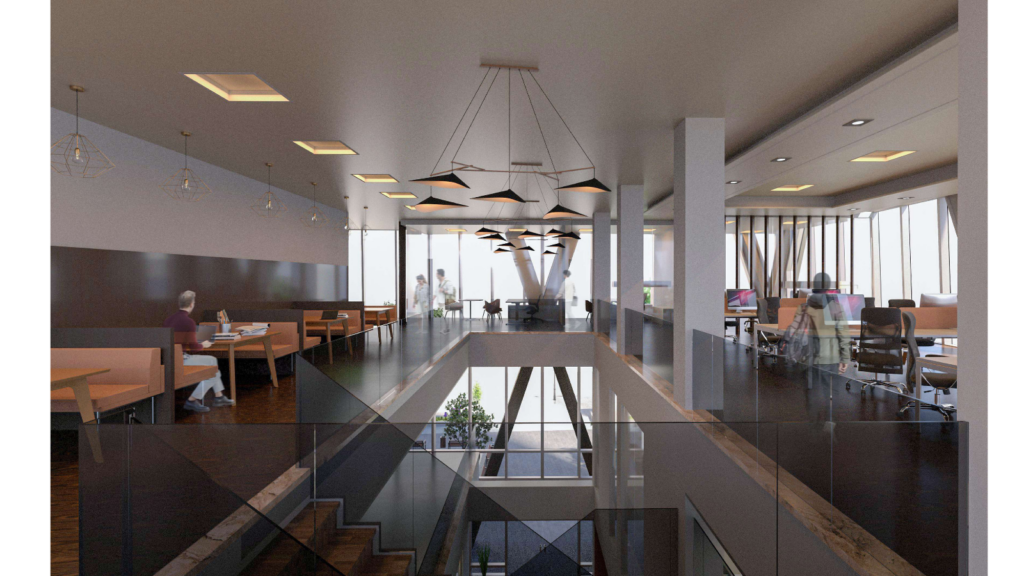
In essence, through the implementation of this elegant structural approach, we soften the relationship between the high rise and its observers. We are reminded of Chicago’s architectural macro context, one that embraces both scale and subtlety, heritage and innovation. The diagrid serves as a bridge, connecting the towering symbols of ambition with the everyday experience of those who walk beneath and around them. In doing so, we honor the past while shaping a future that remains closely tied to human experience, ensuring that these architectural giants continue to resonate not just as symbols of power, but as spaces of human experience.
